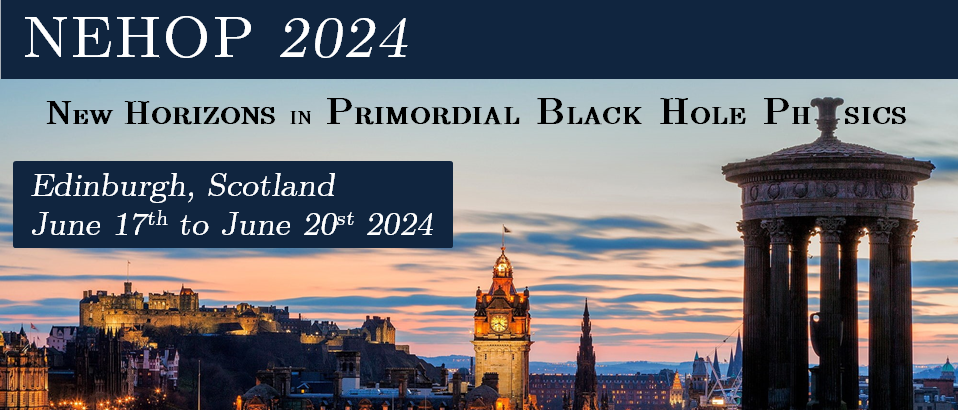Speaker
Description
Gravitational microlensing is known as a productive method for exoplanet discovery and characterisation, and crucially, it also provides an experimental avenue to constrain the galactic PBH abundance in the mass regime from ~ 10−12 M⊙ (i.e. asteroid-mass scale) to ∼ 1000 M⊙. The key to probing the very lowest masses is fast cadence observations on the order of hours to minutes. We previously conducted a 5-night DECam survey of the Large Magellanic Cloud (LMC), monitoring 2 million LMC stars in a single very broad optical filter to a limit of r ≈ 23 at ≈ 40 second cadence, with the primary motivation being to place constraints on the PBH abundance in the Galactic halo in the asteroid- to Jupiter-mass regime (−12 ≲ logM/M⊙ ≲ −4). A galactic halo population of PBHs are a simple solution to the dark matter (DM) problem. Being dark, massive and non-baryonic, the PBH fits the phenological traits defining Cold DM. This talk will present the most stringent results on asteroid-mass PBHs in the Milky Way halo by incorporating considerations of second-order realistic corrections to the microlensing signal, such as finite source effects and wave optics. The main discussion of this talk will be the detection pipeline, a discussion on the pipeline efficiency and 95% C.L on the fraction of PBHs that exist as halo DM within the standard halo model.

